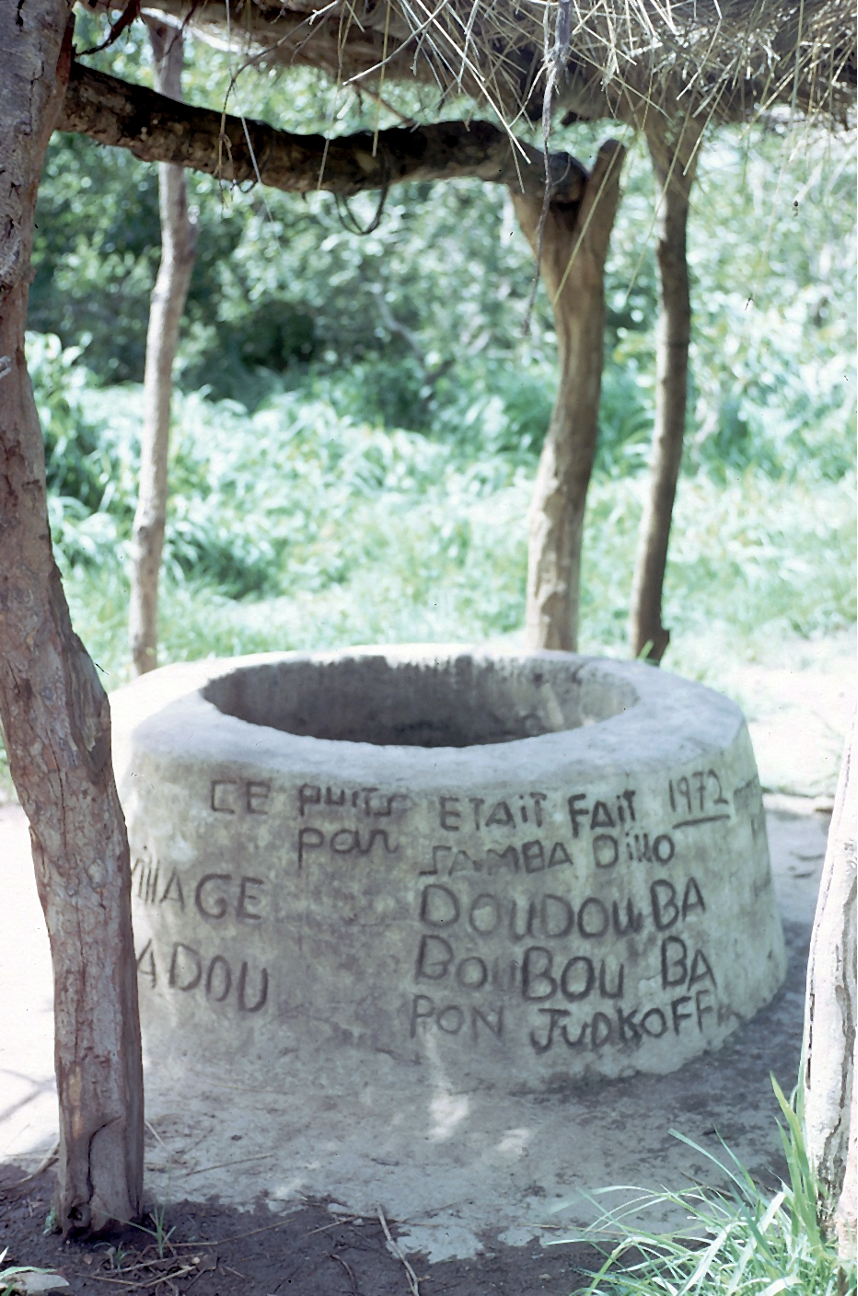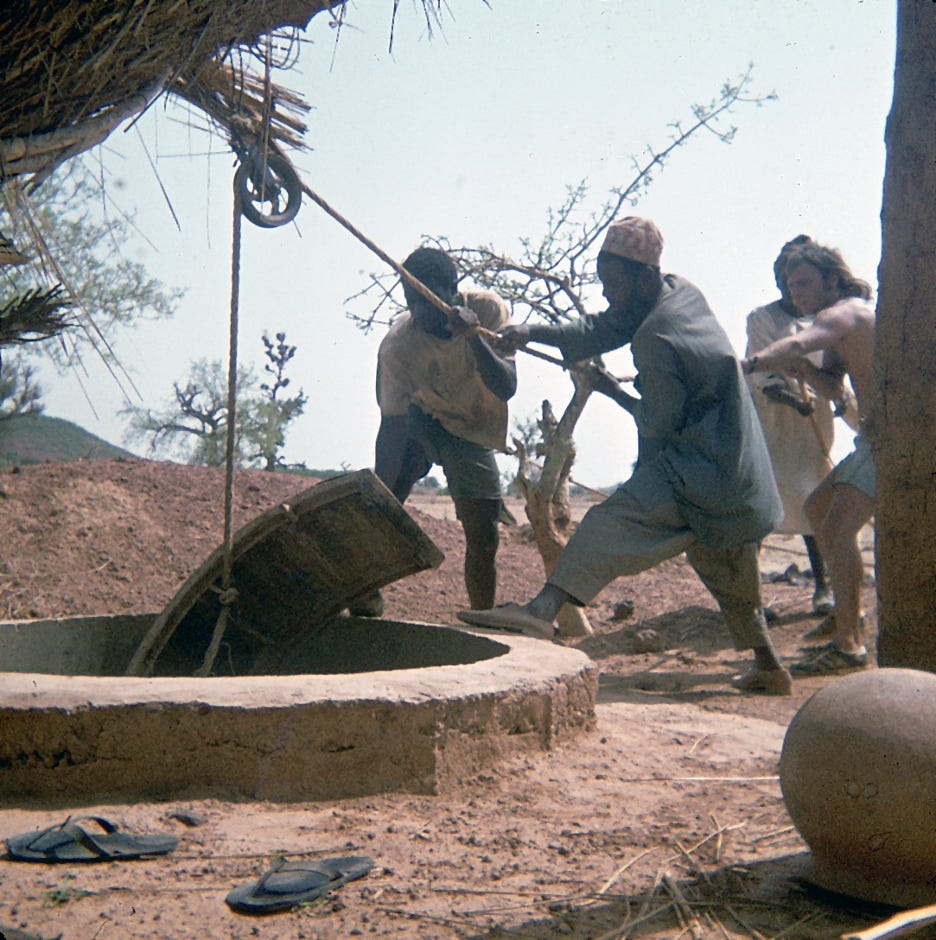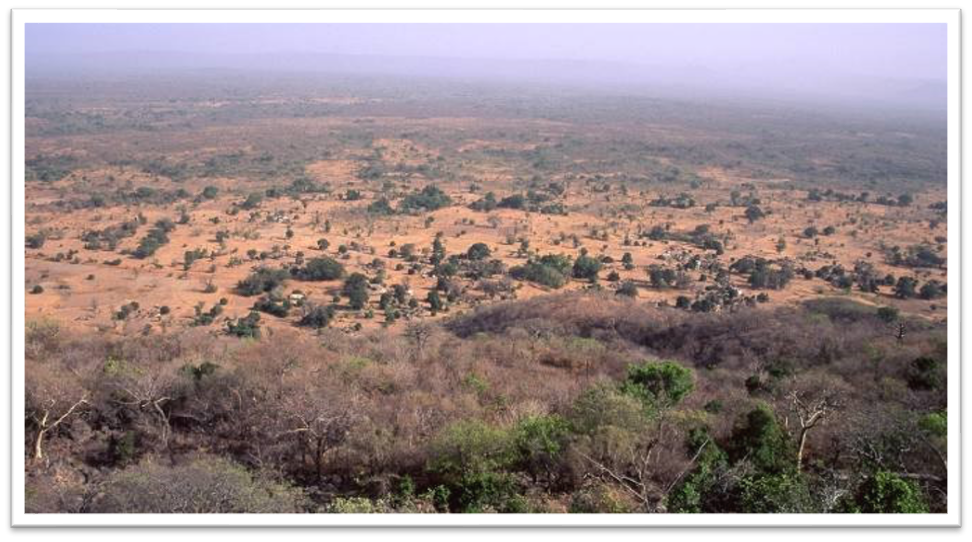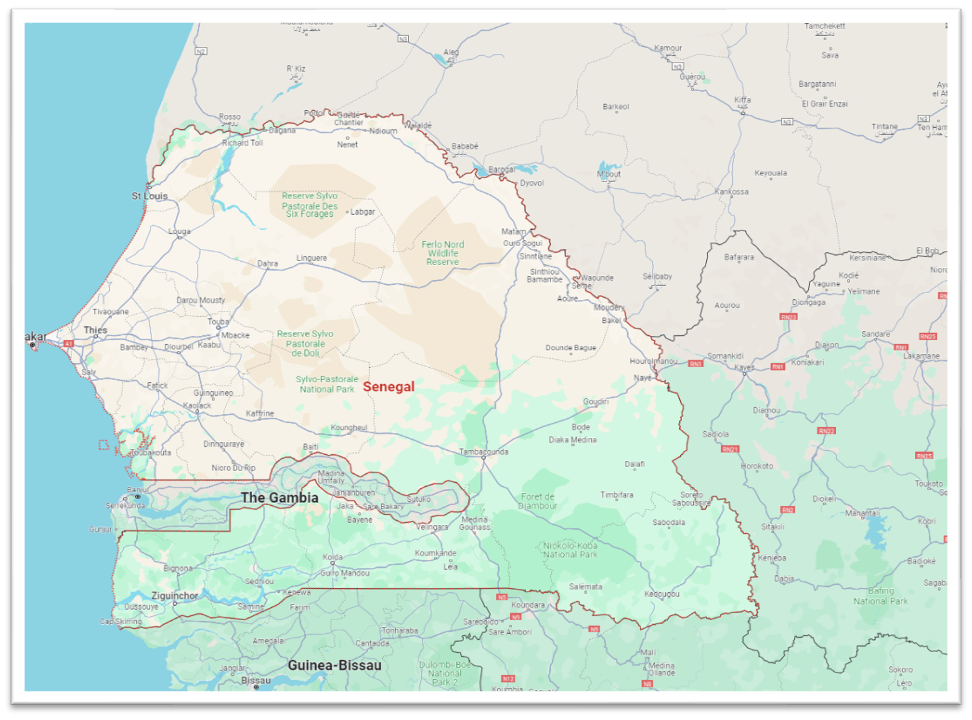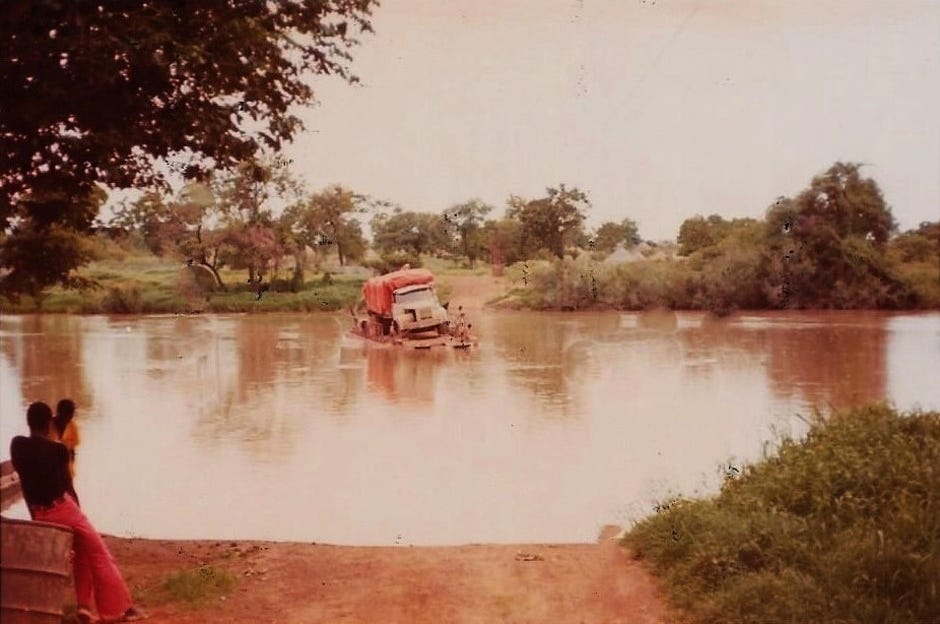
Arthur Engoron
April 21, 2025
Dear Wheatley Wildcats and other
Interested Persons,
Welcome to The Wheatley School
Alumni Association Newsletter # 201.
Wheatley Wins Mock
Trial Tournament
After several months of
competition in the Nassau County High School Mock Trial Tournament, sponsored
by The Nassau County Bar Association, The Wheatley School came in 1st
Place, and W.T. Clarke High School (which opened in 1957, one year after
Wheatley) came in 2nd Place. A Mock Trial Awards Dinner will be held on
Thursday, May 15, 2025. [[[I managed to wangle myself an invitation to the
Awards Dinner, so expect an illustrated report soon thereafter. Art]]]
Class of 1995
30th-Year Reunion
The Class of 1995's
30th-Year Reunion will be held in NYC on Friday, June 13th, 2025. For more
information, please email wheatleyrsvp@gmail.com. Peter Krasny
Faculty - Edward
Ouchi Reconsidered
[[[See the comments of
Todd Strasser (1968) below]]]
Wildcat Football
Follow-Ups
Ed Roman (1961) Writes - “Art, I want to clarify a bit about the 1961 football
team backfield. Not mentioned previously is that Chuck
Shaffer (1961) was the team quarterback, at least as I
remember from some 64 years ago. Bob Manniello (1961) was, indeed,
the fullback, and Roger Sullivan (1961), Charlie Hill (1961),
and, I believe, Bob Murphy (1963) were the
halfbacks. I’m lways open to be corrected, as after eighty plus years, things
get cloudier every day.”
Paul Giarmo (1976) Writes to John
“Monk” Moncure (1960) - “Thanks,
John!! BTW, I know what you were doing on Monday, October 27th, 1958. You
were busy blocking a Levittown Division kick that end Pete Krumpe scooped up
and raced 35 yards,’ according to ‘Newsday,’ Tuesday, October 28th, 1958
edition (page 23c). Great 👍 work! You guys beat up those Blue Dragons 32-0 that
day. Go Wildcats!
Paul ("Spirit of
'76") Giarmo
Wildcat Football -
The End?
Paul Giarmo (1976) Writes - I read with interest the comments made by Adam
Goldstein (1980) in Newsletter # 199 about the 1979
Wheatley football team, and he is correct that that team
finished with a final record of 5 wins and 3 losses.
Adam is also correct in
stating that this was the last Wildcat team with a winning record, although I
would give an Honorable Mention to the 1987 team, which compiled a 3 win, 3
loss, 1 tie record. And we all know what happened 4 years later when the j.v.
squad, the last team in Wheatley history, was disbanded on Friday, October
13th, 1991. (Friday the 13th, appropriately enough).
The 1979 team’s three
losses were all by eight points or fewer; against Horace Mann H.S. from the
Bronx by 8, against Jericho by 8, and against the Roslyn Bulldogs by 7
points.
Had the 1979 gridiron 🏈 greats gone
undefeated that season, there's no telling how much more interest would have
been generated in the football program at Wheatley, but history is history,
and once again the Soccer Lobby won out and no football game was played again
at Wheatley for 20 years, until September 24th, 2010, when the combined Carle
Place/Wheatley WildFrog team took to the field and lost to perennial football
powerhouse Plainedge Red Devils, (both varsity and junior varsity teams).
Both the 1979 and 1987
Wheatley football teams deserve to be recognized by the school district, as
well as the 1956 through 1963 teams, all of which had winning records. Just
sayin'.”
Paul ("Spirit of ’76")
Giarmo
Graduates
1965 - Ron Judkoff Writes - “To Dig
a Water Well in West Africa
My Peace Corps Story, Part 1
Peace Corps - Senegal 1971-72 and
Burkina Faso 1972-73
First Trip to Ibel
I’m on a moped about 5
clicks west of Kedougou, Senegal. I’m going just fast enough to stay ahead of
the tsetse flies, but slow enough to avoid snakes that sometimes slither
suddenly across the road in front of me. In my pocket is a spark plug wrench
and a small thin file so that I can quickly clean the plug if it clogs. I
wear a nylon wind shirt despite the heat as slight protection against the
cloud of tsetses that swarm whenever I have to clean the plug. I hear the
telltale p’pop’pop and I stop to clean the plug. My own trailing dust cloud
catches up to me. I pedal the moped to fire the engine for the remaining 15
kilometers to the village of Ibel, where I am to meet with the Chief and
village elders to discuss digging a water well there. I have obtained an
Oxfam grant administered by the good wives of the American Embassy, 800
kilometers northwest in Dakar, to buy tools and materials. This was all done
via snail mail. It’s 1971, and there is no Internet, no mobile telephones, no
outside contact whatsoever except for a four-seat mail plane that comes once
a week…sometimes. There is advantage to this slow pace…African time. I have
adapted, to the heat, the microbes, the food, the water. In the 6 months
since I arrived in-country, I have been frequently ill, but not recently. I
am evolving from a helpless “toubab” into a peace corps volunteer who might
actually be capable of accomplishing something worthwhile.
There is head-high grass
on both sides of the narrow dirt road. I see something ahead, a dead
porcupine. The quills are valued by the villagers for decorations, so without
thinking, I stop to retrieve some quills. I take the machete from the
scabbard I have strapped to the moped to help extract the quills, and I leave
the moped running on its kickstand which, I later think, saves my life. A
leopard had just killed the porcupine when it heard the motor and hid in the
grass. I’m messing with its kill, and this is a seriously pissed-off leopard.
It yowls and leaps over my head from one side of the road to the other. I
stand there stupidly, adrenaline pumping, with the machete held out in front
of me pointing toward where I think it landed. I would be a very easy dinner,
but the engine sound puts it off and it doesn’t come back. ‘Alhamdoulilai.’
In Ibel, I give the
porcupine quills to the Chief, who gives them to his eldest daughter. We
exchange the litany of greetings typical in this part of the world, where
there is no means of news dissemination other than word of mouth. I tell of
my adventure in broken Fulani aided by Samba Wouri Djiallo, who is my
liaison, counterpart, and all-purpose mentor for this project. They think
this very funny. West African bush humor dictates that if no-one died or was
seriously injured, then it’s funny. We drink some ‘dolo’ together from a
gourd bowl that is passed around the circle. I could have used something
stronger. They are sitting gracefully on their heels. I am sitting awkwardly
cross-legged in the dirt, incapable of that very useful position in a world
with little furniture and no sit-down toilets.
We get down to business.
I agree to provide all tools, know-how, and materials. The know-how part is
somewhat questionable, as my total knowledge is from a book I read from the
Volunteers in Technical Assistance (VITA) appropriate technology library on hand-digging
water wells. There is no official Peace Corps water well program in this
remote part of Senegal, but it’s what the locals say they need most. The
chief and elders’ council agree to provide six workers for the digging team.
Six is the minimum number because two people work at the bottom of the well
digging and filling a bucket. The team of four at the top pulls up the bucket
by a rope that goes through a pulley attached to a cross beam. When it is
time to rotate, the four at the top have to pull up the people from the
bottom. Providing a team of six workers is no small decision for the council.
The village lives very close to the caloric intake balance point, so the rest
of the village has to provide extra food for the digging team to make up for
their extra energy output and their absence from working the fields. After
considerable talk and more ‘dolo,’ the council approves. Samba Wouri is
really happy to be getting a water well in his village. He is the brother of
Yoro Djiallo, my Fulani teacher in Dakar during training. Yoro was the
smartest kid in his village school, which got him a free ride to the regional
school, where he was the smartest kid, and so on all the way to the
University of Dakar, where he earns extra cash as a Peace Corps trainer. Yoro
eventually landed a position with the Bank of America in California, but
Samba Wouri remained in the village with a dream to make life there better.
Stealing a Jeep for a Higher
Purpose
I am in Dakar, where I
have hired a truck to carry cement, steel reinforcement rod, and tools to
Kedougou. I will be needing some kind of transport to get material back and
forth between Kedougou and Ibel. During my three-month training in Dakar, I
noticed two identical defunct 1963 CJ-3b ¼ ton Jeeps back behind the Peace
Corps Office. Moustaf is the mechanic and handyman who handles maintenance
for the Peace Corps Office. I give Moustaf a hand with his chores whenever I
can, and eventually he helps me cannibalize one of the jeeps to re-build the
other. Moustaf is a whiz at welding and machining and I can… well… read the
weathered Jeep repair manual that I found. We get one of the Jeeps running,
which we keep secret, and I give Moustaf and his wife the biggest gift
possible on a Peace Corps stipend. When it’s time for the transport truck to
leave, I take the Jeep and we’re off to Kedougou. The trip goes smoothly
except for a few scary moments when it looks like the relatively little
ferry, used to get the relatively big and very heavy truck across the Gambia
river at Mako, leans perilously close to the tipping point (photos below).
Water Witching and Dowsing: Where
to Locate the Well
In Ibel, I have to decide
where to put the well. The little VITA booklet has 3 pages on how to locate
wells based on topology, geology, and vegetation. It doesn’t inspire
confidence. What if we put a lot of effort into a dry hole? It’s a big
investment for the village. Will I be blamed? I have an idea. I pick several
spots that look good according to the VITA book, then I ask the chief to make
the final selection among the spots. He asks the village gris-gris man
(shaman) to make the final selection. The shaman choses the spot closest to
his house, which is also close to the Chief’s house. I’m at least partially
off the hook. We begin.
I pound a small piece of
re-rod into the ground and measure out a meter of string, which I tie to the
rod. I then trace a one-meter radius circle in the dirt with a stick tied to
the other end of the string. Samba Wouri has cut a sturdy looking limb from a
tree, long enough to span the hole. Our lives will depend on its strength, so
I bridge it across two large rocks and we all jump on it simultaneously. It
holds, so we erect the two vertical forked pieces that will hold the cross
piece above the hole. I check the pulley brought from Dakar. Our lives will
also depend on the little piece of metal that is the axis for the pulley
wheel. We hang it from a tree, thread the rope through the pulley, and three
of us hang and bounce on it. The pulley and the rope feel sound, so I
carefully secure the pulley on the cross beam in the very center of the
circle that I drew. The rope will now also serve as a kind of plumb bob so
that we dig vertically as the hole gets deeper.
Americans on the Moon
It is 10 weeks later and
we have finished the well. It is approximately 10 meters deep, concrete
lined, and we have all gotten too casual about riding the rope up and down to
the bottom. The well is yielding plenty of water and life in the village is
about to change radically. Women who used to walk several miles each way to a
seep with heavy clay jugs balanced on their heads now have extra time to
start vegetable gardens. Water which used to be preserved exclusively for
cooking and drinking can now be used for personal sanitation and irrigation.
The team of six will have a new profession digging and maintaining wells.
It is dark and we are
relaxing under a full moon after dinner. Earlier in the day, we had a
ceremony when we finished the protective surface wall around the well
perimeter. We each wrote our names with our fingers in the wet cement of the
wall. Samba Wouri helps those who can’t write. “Ce puit etait fait par…”
(This well was made by…). We stare up at the huge moon. Samba Wouri had heard
that Americans had gone to the moon. ‘What did they find there?, he asks. I
answered, ‘Just dry dirt and rocks and nothing growing.’ Samba sat for a
minute, looked around (it is dry season), and said, ‘Why did they go there;
the could’ve come here?,’ and then after some more reflection, ‘It was
probably easier for them to go there.’ We all nod in agreement.
Afterword
‘Awaale Jam.’ I joined
the Peace Corps during the Vietnam war because I wanted to serve my country
by helping people. My experience in the Peace Corps was eye-opening. I was
immersed in a new culture, and I was able to gain a much more visceral
understanding of how a large portion of the world's population lives. I'm
proud and grateful for the positive changes I was able to bring to the
communities I served, sinking 40 water wells and building baby-birthing
clinics and latrines. I became close to the people with whom I worked. When
your life depends on those at the top of the well pulling you up on a rope
from a 35'+ deep hole in the ground...you get close. We communicated in
Fulani, Wolof, Mossi, and French. My only regret is that the technologies
that allow today’s volunteers to continue their relationships long after
leaving their villages did not exist in the early 1970s. I especially miss
the DJiallo and Ba families. Most of the people I met could not read or
write, so even snail-mail was not an option. A couple of years after I left
Peace Corps, Samba Wouri did write me a recommendation letter through Pere
Pelcot, a French Catholic priest in Kedougou, helping my admission to the
Columbia University Graduate Architecture Program. In a way, my Peace Corps
service set the direction for my life. The cultural sensitivity I gained
served me well throughout my career at the National Renewable Energy
Laboratory, which involved, in part, designing naturally conditioned building
projects in Bamako and Marrakech and leading multi-national International
Energy Agency research projects on energy efficiency and solar energy. To the
wonderful people who allowed me to become a part of their lives, I say
‘njaaraama.’ You had a profound influence on the person I became.
Oh…I almost forgot, I
parked the Jeep where it had been, behind the Peace Corps office, gave the
key to Moustaf, headed to Burkina Faso (where there was an active water well
program) for another 18 months to dig more wells, cashed in my ticket home,
and hitched a ride with some ethno-musicologists bound for the Sahara Desert.
But don’t get me started, that’s a whole other story.
Ron Judkoff, FASHRAE
Chief Architectural
Engineer, Emeritus
Center for Building
Science
National Renewable Energy
Laboratory
12/8/2024
Photo by Ron
Judkoff of the completed water well in the Village of Ibel
Ron Writes - This photo by
Mary Hewson shows us
raising 1/3 of a Concrete Mold near Sabce, Burkina Faso. I was slow to learn
that local clothing is a solar radiation shield and thus the cooler option
Looking south over Ibel
Village.
Map of the area.
Photo by Ron
Judkoff, who was holding his breath, as truck and ferry leaned precariously
crossing the Gambia River in Mako.
An Internet
photo showing a typical house in Ibel.
1968 - Todd Strasser - Mystery
Novelist
Todd Writes - “A Letter To All The Wheatley Grads Who Were Exposed To
Phonemes:
Like many of you, I am
still suffering from damage to my self-esteem caused by prolonged exposure to
phonemes and other subjects offered at Wheatley in the 1960s. Ever since
those first incomprehensible lessons in Mr. Ouchi’s classroom, I have been
plagued with self-doubt, lack of confidence, and jelly legs. What were these
phoneme things, and how had they invaded our otherwise bucolic Long Island
lives? And how was it possible that there was actually a group of students
(I’m not naming names, but you know who you are) who genuinely understood the
concept? Or at least did a very good job of convincing the rest of us that
they understood it. In retrospect, I now realize that phonemes encapsulated a
significant part of my Wheatley educational experience, which can be summed
up by the single word, ‘mystifying.’
And it wasn’t just
phonemes that made no sense to me. Let’s not forget trigonometry and French.
Please be honest, outside of school, did you know anyone on Long
Island who used trigonometry or spoke French? I sure didn’t. In fact, as a
student, I tended to believe that the only place on Earth where those
subjects (and phonemes, of course) existed was at Wheatley. Furthermore, I
believed that they had been intentionally created by the school for the sole
purpose of separating those students who were capable of comprehending them
from those destined to become World Wrestling Entertainment stars.
True story: As the first
Christmas after high school approached, a friend told me about an amazingly
cheap last-minute ski vacation being offered by the Matterhorn Ski Club: A
$200 round trip plus discounts on lodging and lift tickets. A few weeks
later, we arrived in Zermatt to discover that there was only one thing
missing: Snow. Well, there was some of the white stuff on a nearby glacier,
but you had to take several lifts up, and then take the same lifts back down
when you were finished skiing for the day. We skied for a few days and then
decided we’d probably have more fun spending the rest of the trip in Paris,
from where we would eventually catch the flight back home. It was upon
arriving in Paris that I discovered something absolutely shocking: All those
strange Parisians, with their berets and baguettes, and many clearly too
young or too old to have attended Wheatley, were speaking the exact same
language that I thought Wheatley had made up to separate the wheat from the
chaff. Which could only mean one thing: French had been a real subject!
But, I’m still not sure
about trigonometry.
And as far as phonemes
are concerned? My advice is, fugget about ‘em, or I’ll bodyslam ya.
(Todd has written a new
mystery about baby boomers: “You Can't Hedge Death,” about an unexplained
death in a wealthy Westchester, NY community. It’s available at no cost on
Substack.)
Fan Mail
1965 (Ron Judkoff and Carolyn
Stoloff) (husband and wife) - “We
enjoy the Newsletter, and we appreciate all the work you put into it.”
1965 (Jeff Orling) - “Thanks Art...very much appreciated.”
1972 (Nancy Drummond Davis) - “Thank you for the Wheatley Alumni Newsletter # 200, as
always!”
1975 (David Abeshouse) - “Congrats on publishing The Wheatley School Alumni
Association Newsletter # 200; here’s to 200+ more of them.
I’m looking forward to the 50th reunion of my
class this October – I’m sure many of us are inspired by the Newsletter to
reconnect with our classmates.”
1976 (Paul Giarmo) - “Thanks for all you do.”
1979 (John McDowell) - “Thanks for all you do!”
1980 (Mary Dwyer) - “Thanks for all you do to keep us connected. I know
the Dwyer crew (myself and 5 siblings) appreciate your efforts.”
The Official Notices
All underlined text is a link-to-a-link or a
link-to-an-email-address. Clicking anywhere on underlined text, and then
clicking on the text that pops up, will get you to your on-line destination
or will address an email.
In the first 24 or so
hours after publication, Wheatley Alumni Newsletter # 200 was viewed 2,798
times, was liked 11 times and received one comment. In all, 4,738 email
addresses received Newsletter # 200.
The Usual Words of
Wisdom
Thanks to our fabulous
Webmaster, Keith Aufhauser (Class of 1963), you can regale
yourself with the first 200 Wheatley School Alumni Association Newsletters
(and much other Wheatley data and arcana) at
The Wheatley School Alumni Association Website
Also thanks to Keith is
our search engine, prominently displayed on our home page: type in a word or
phrase and, wow!, you’ll find every place it exists in all previous
Newsletters and other on-site material.
I edit all submissions,
even material in quotes, for clarity and concision, without any indication
thereof. I cannot and do not vouch for the accuracy of what people tell me,
as TWSAA does not have a fact-checking department.
We welcome any and all
text and photos relevant to The Wheatley School, 11 Bacon Road, Old Westbury,
NY 11568, and the people who administered, taught, worked, and/or studied
there. Art Engoron, Class of 1967
Closing
That’s it for The Wheatley School
Alumni Association Newsletter # 201. Please send me your autobiography before
someone else sends me your obituary.
Art
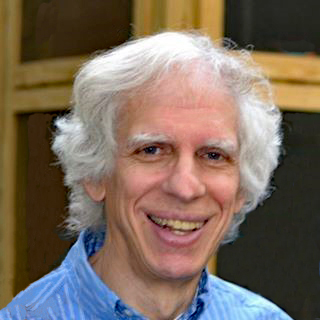 Arthur Fredericks Engoron, Class of 1967
Arthur Fredericks Engoron, Class of 1967
